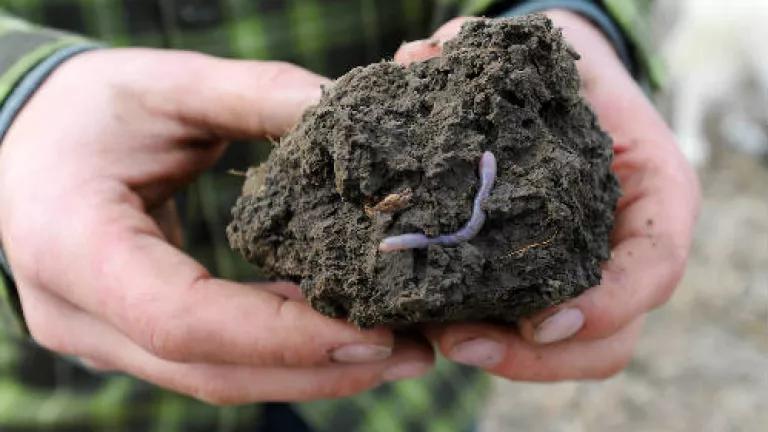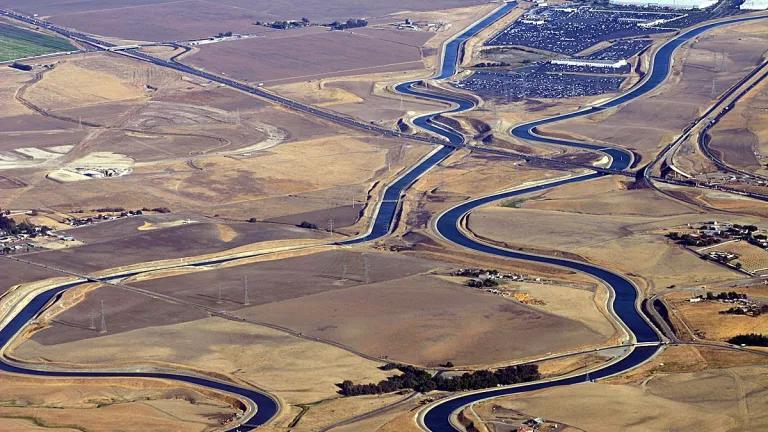Assessing Progress on Food Waste Interventions at the City Level

Cities engaging in food waste initiatives are increasingly interested in assessing how effective those initiatives are, in order to determine where to allocate current and future resources for food waste policies and programs. In our Tackling Food Waste in Cities: A Policy and Program Toolkit (Strategies #1 and #2), we discuss the importance of estimating a local baseline of 1) how much food is going to waste and from what sources in your city, and 2) how much surplus food is potentially available for rescue beyond current donations, and from what sources. (Our Food Matters reports Estimating Quantities and Types of Food Waste at the City Level and Modeling the Potential to Increase Food Rescue offer more details about and templates for estimating these baselines.)
However, a baseline is just a snapshot in time, providing initial data against which progress can be judged. Strategy #3 in the toolkit notes that setting short-term and long-term targets for reducing the amount of food going to waste is critical to achieving gains and goes hand in hand with determining how to assess progress. This guide builds on our toolkit and is intended to suggest to municipalities a wide range of potential metrics they can use to assess progress on food waste interventions. This list of possible metrics is not comprehensive but is intended as a “starter guide,” which you can customize and expand according to your needs, your priorities, and what you are able to measure. Many of these metrics link to one or more strategies in the toolkit.
We have included both qualitative and quantitative metrics in this list, with an emphasis on quantitative metrics that will more readily enable you to track progress over time. Some of the metrics identified here may be relatively difficult, time-consuming, or expensive to track (e.g., reduction in per capita tonnage of edible household food waste generated). Still, we suggest identifying all metrics that you would want, ideally, to capture, even if you are unable to do so in the near term, as a way to spur the development of future systems for measurement. For instance, many cities would ideally like to know how many pounds of wasted food were prevented or diverted through specific strategies; this can be hard to measure, but putting systems in place to track metrics at the city, sector, or organizational level can help set the groundwork for building out more progress metrics down the line.
We have also included examples of ways to incorporate equity considerations as sub-metrics, in order to better consider the impact of food waste initiatives on different local communities. To assess equitable outcomes, it is good practice to collect disaggregated metrics relevant to diverse communities within your city; disaggregated data allow the kind of nuanced analysis that can determine disparate impacts. (For example, disaggregating data on race beyond major racial groups, such as by distinguishing U.S.-born African Americans from Black immigrants from Africa, can help link more specific data to factors influencing health and other impacts; see PolicyLink’s Counting a Diverse Nation: Disaggregating Data on Race and Ethnicity to Advance a Culture of Health for more information.)
In particular, we encourage you to adopt and adapt metrics to consider under-resourced communities, which may include communities of color, lower-income communities, disabled communities, and so forth. Some equity concerns can be linked to geography (e.g., specific types of under-resourced communities may be more concentrated in particular neighborhoods), while other populations (e.g., disabled or senior populations) may be more geographically dispersed. Ideally, equity metrics or sub-metrics can help your community better identify any specific needs related to under-resourced communities and track how well those needs are served. In addition to the examples provided with specific metrics, some other potential considerations include:
- Proximity of services to high-need populations
- Which neighborhoods are served by particular initiatives (including not just where people live, but where they work or attend school)
- The diversity of populations served by and in leadership positions of particular initiatives
- The appropriateness of educational/outreach materials in terms of culture, language, geography, and other characteristics
- Locations of events, outreach, processing facilities, and so on
We suggest reaching out to local equity experts to help refine and customize your metrics protocols.
Although this guide focuses specifically on food waste, metrics related to broader systems (e.g., food access, overall waste systems) may also be helpful in providing pertinent data as well as an equity lens to food waste initiative tracking. Consider which metrics your municipality may already be tracking, and whether there may be opportunities to add to or adapt those to include metrics related to your food waste initiatives.
We hope this guide will be useful to you in creating systems to track progress on food waste initiatives. In addition to these metrics (and others your city has in place or will be adopting), it can also be valuable to conduct case studies and other qualitative assessments to capture successes and challenges and to provide templates and guidelines for similar or expanded efforts.
We consider this to be an ongoing research project and would welcome your input on these or other recommendations for assessing progress. If you have additional thoughts or feedback, please reach out to us at foodmatters@nrdc.org.



